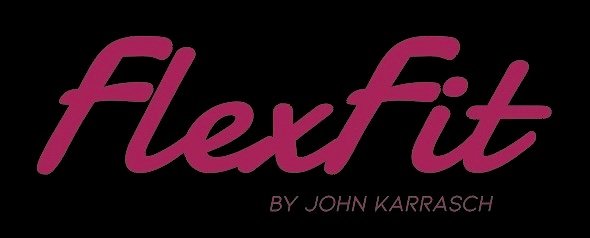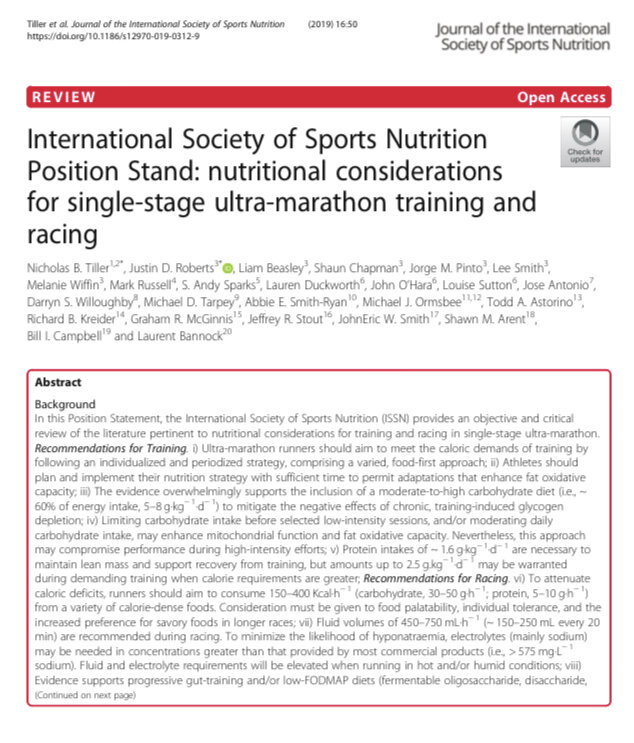I have told a couple people I would put together some tips on training for endurance off road events. Skyway Epic isn’t too far away but this information could probably be applied to any number of long distance gravel or mountain bike races.
I will break this down in bullet point format to make it easier to read and also be pretty general with advice. It is more important to understand the principles at play here than just follow a pre done plan. Success in bike racing is rarely an accident so get to work...just don’t forget to have fun with it.
Track your nutrition. Write down how many calories, ounces fluid, and electrolytes you had per hour. Include what you ate pre ride AND during the ride. Document what worked and what didn’t. Try a variety of food or food type products. This is probably the biggest failure point for riders in long distance events.
Terrain specificity is important. Do your long rides on similar terrain to your goal race. This includes surface type and elevation. Figure out how many feet of climbing there are per mile and get close to that. Get at least one ride a week off road, preferably two. Road or trainer is fine for intervals and what not.
Try to make about 80% of your training time easy/Endurance pace over a week. Use the other 20% for either Tempo, Threshold, or VO2 Max intervals. Or a hard group ride. As far as what type of intervals to do, change it up every 6-8 weeks. Move from the LEAST specific intensity to the MOST specific intensity as race time approaches.
Typically your long ride will be at a Zone 2 / Endurance pace but try to get one at race specific intensity every few weeks. For a race that will last 6 hours, try to build your long ride to 3.5-4 hours. For races of 9-12 hours, try to build to a 6 our long ride. Back to back 3-4 hour long rides can be very effective also.
Do some basic strength and mobility work 2 days a week. Squats, lunges, pushups...simple.
Are you an awful bike handler? Do you lose time on downhills? Do you crash and get badly hurt every year? Get a hold of Lon Cullen with Singletrack Skills and take some classes. Most riders need this.
Know the course, know how to read maps. Don’t depend on others to drag you around.
Know how to work on your bike! Take a class or have a friend teach you. Self sufficiency is a must for long events. Pack basic flat and bike repair tools and know how to use them. Similarly, keep your bike in good working order. This sounds obvious...but I have raced enough to know how much it gets missed.
On race day, don’t try new things! Period. As far pacing goes, make a plan and stick to it. Pay attention to how hard you are breathing and be honest with yourself. Lots of “I don’t know where I went wrong” issues begin with the first hour of a 9 hour race ridden at threshold heart rate. Don’t do that. Be careful who you ride with. I don’t ride in groups with sketchy bike handlers or negative thinkers. This will bring the whole group down.
Have race goals, but keep them process oriented. Meaning set a goal to pace correctly and eat 250 calories per hour NOT to finish top 10.
If you are really lost, get a coach that knows this stuff. I like Lynda Wallenfels and Jason Shearer. If you are local and want in person coaching, hit me up and I can help. I am not certified yet but have been in this a long time and know what to do.







